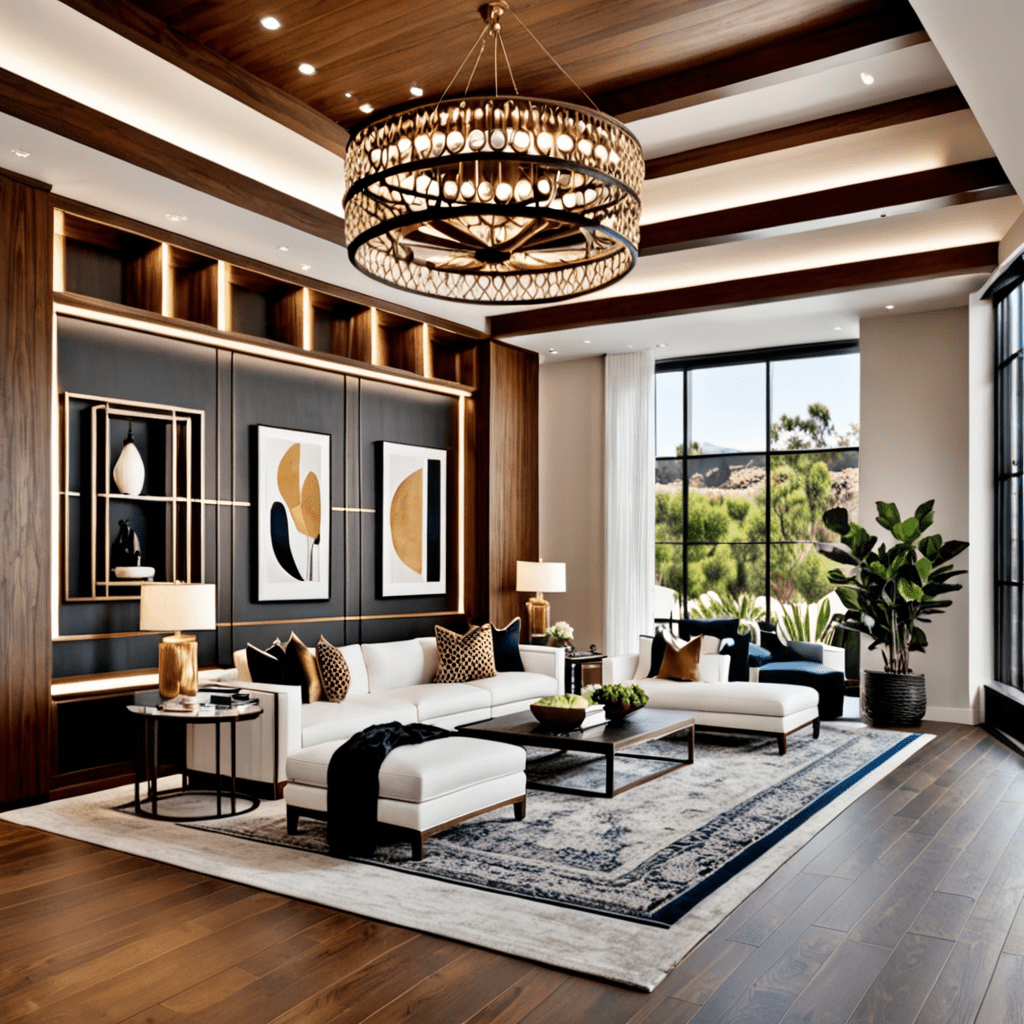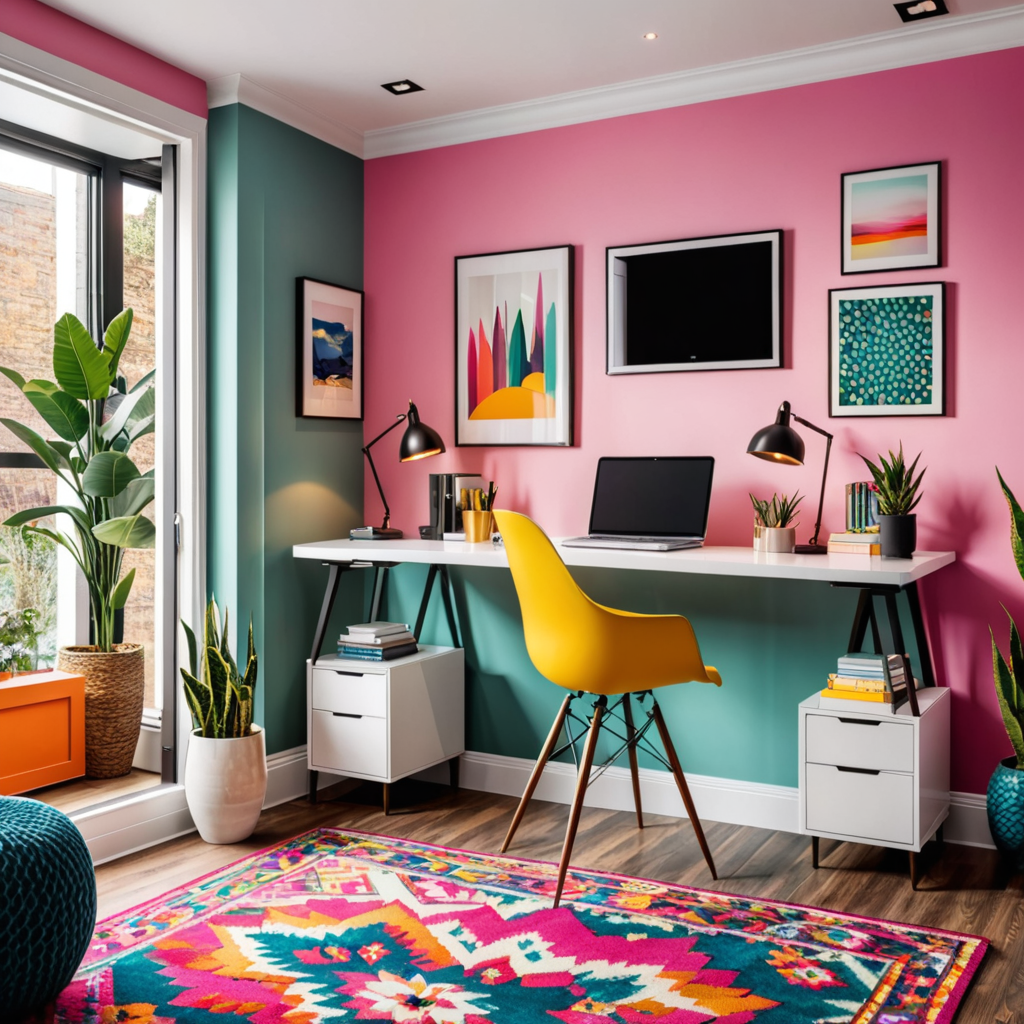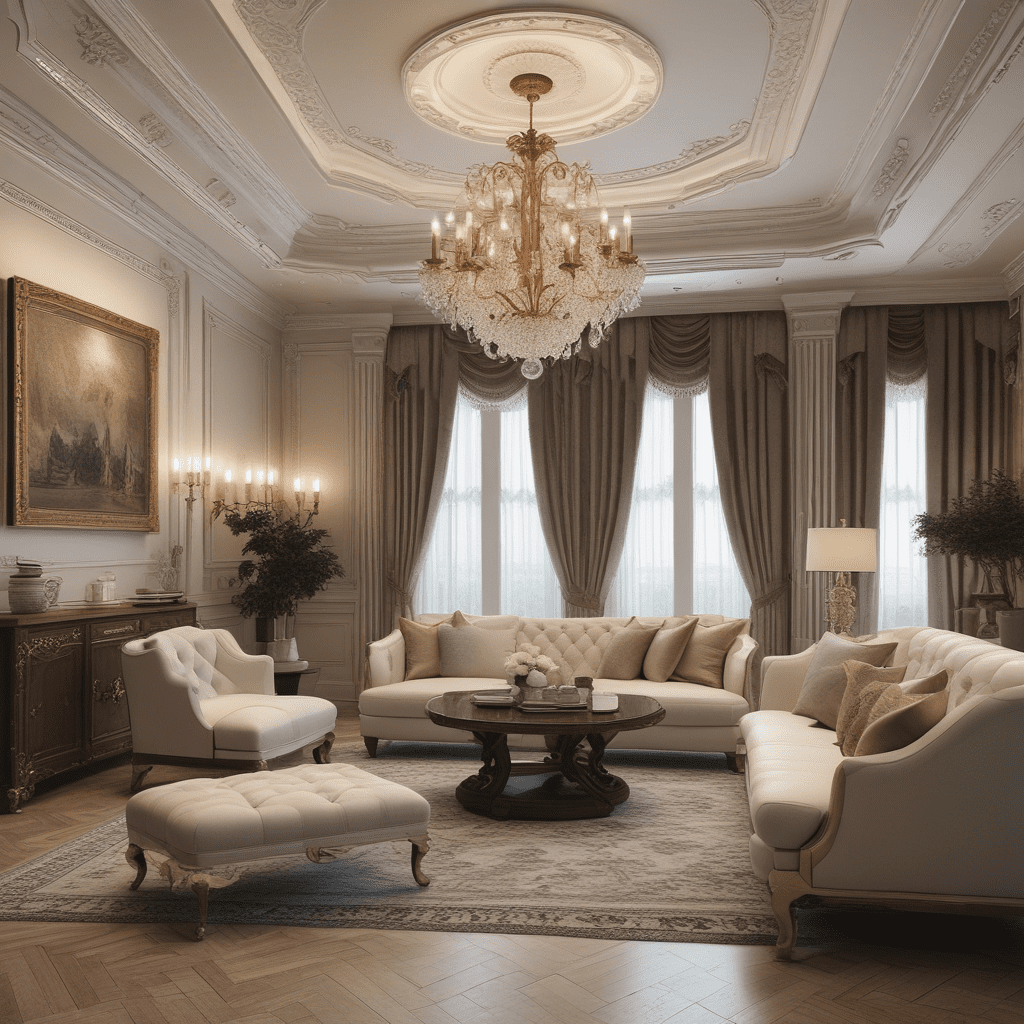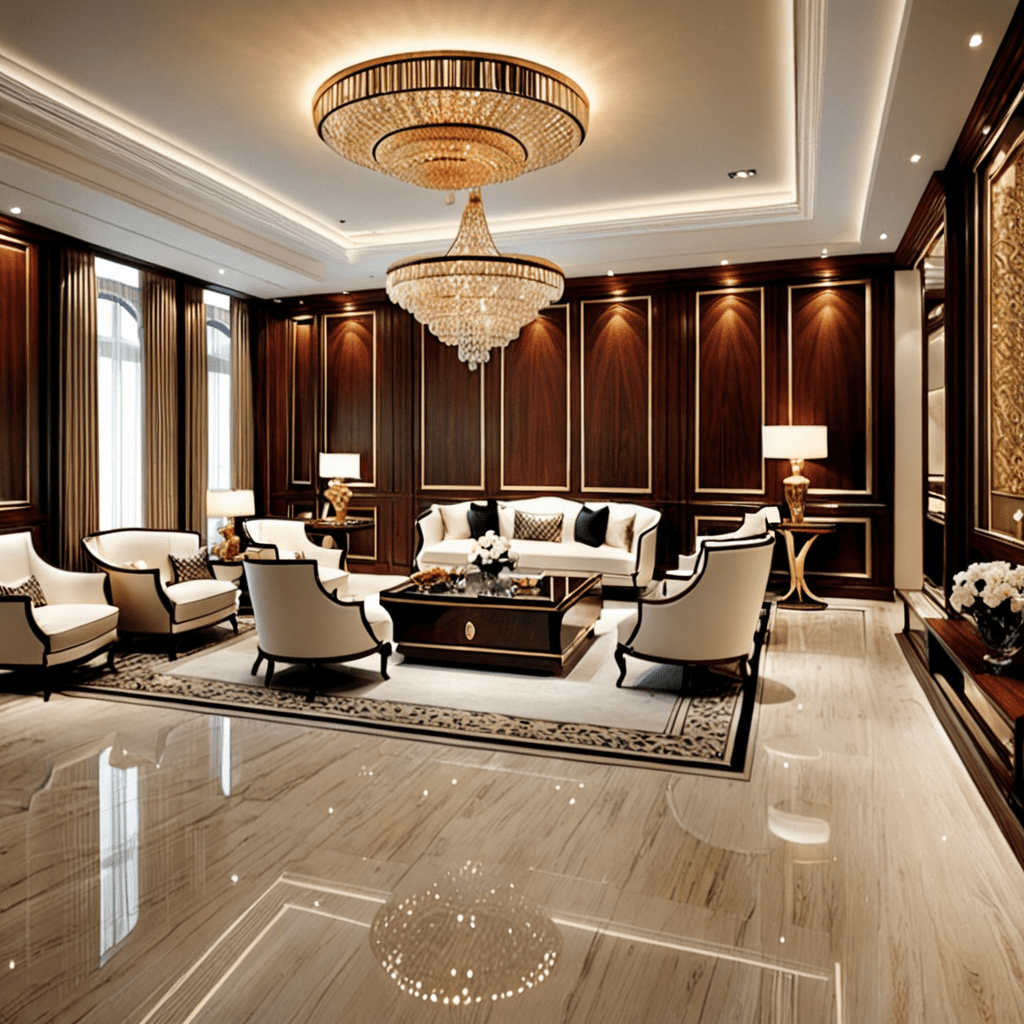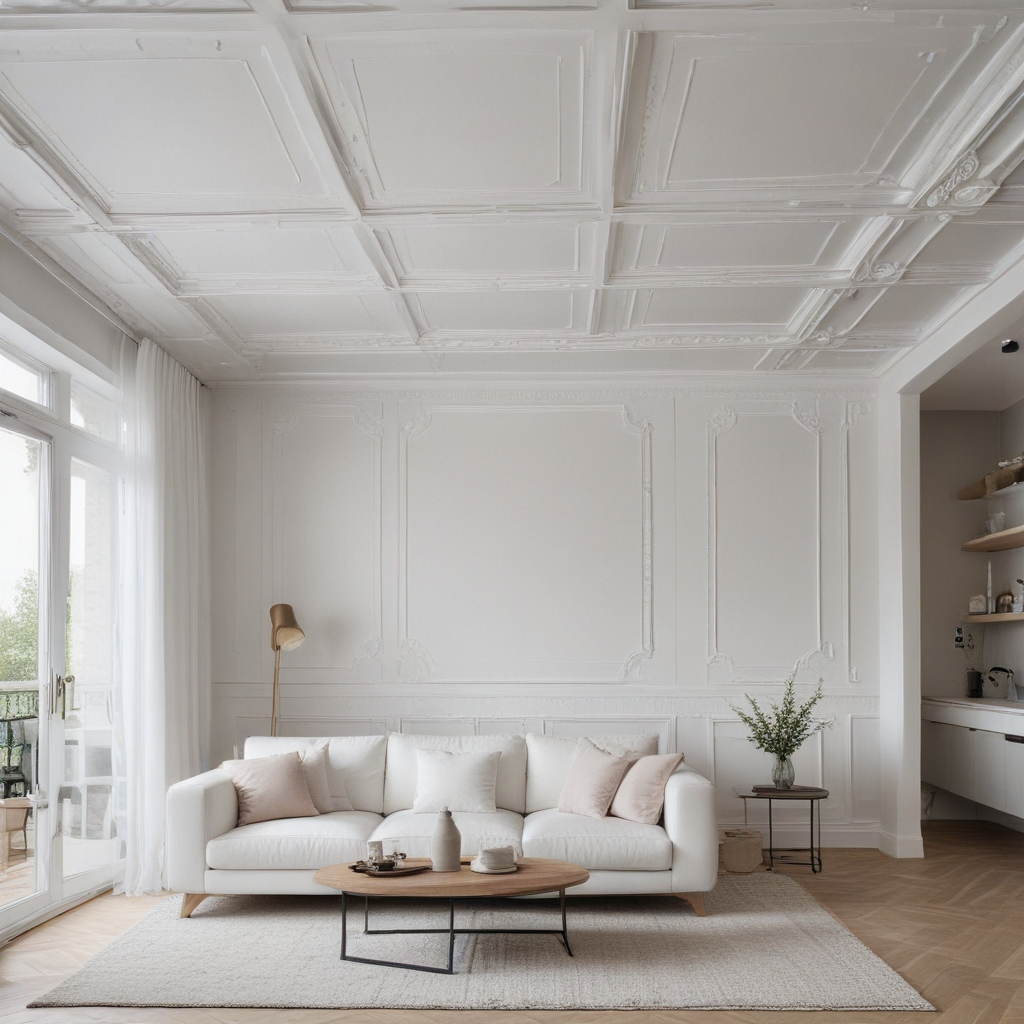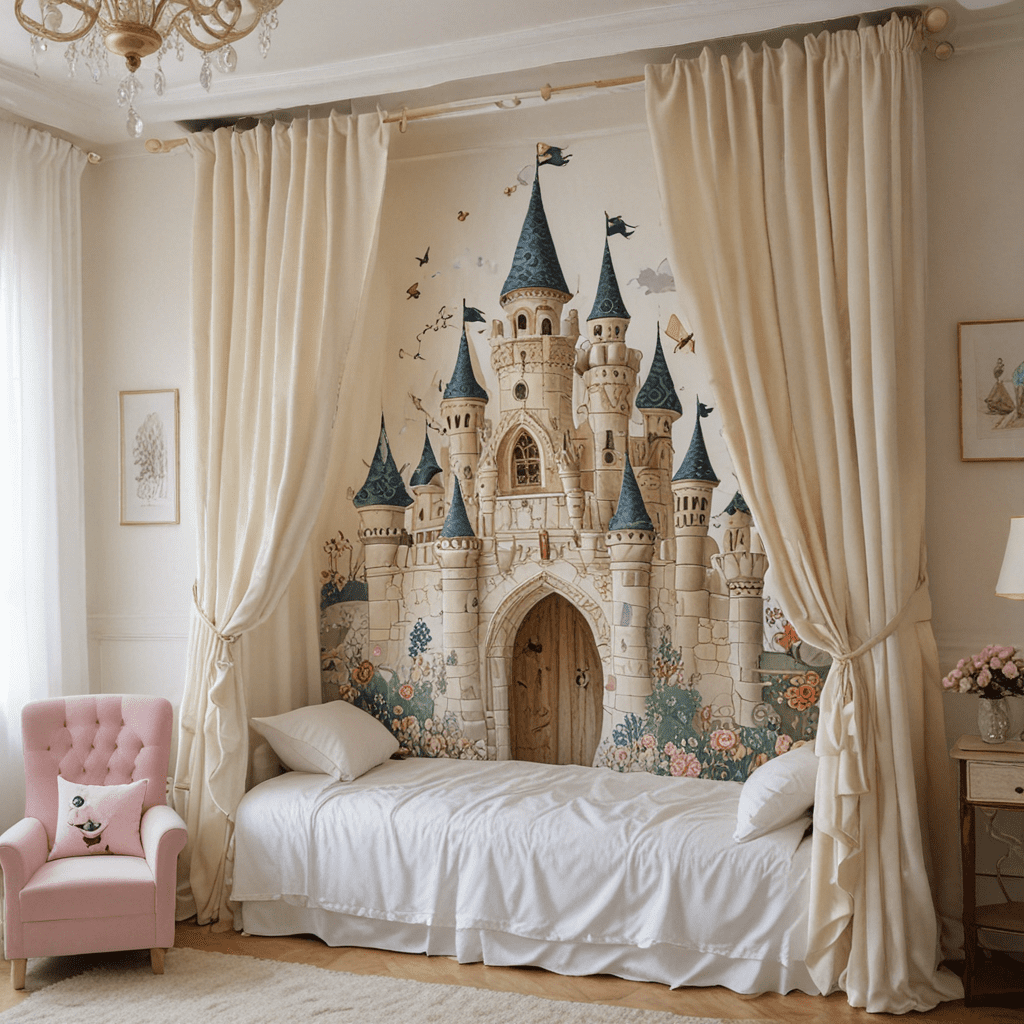Zen-inspired Spaces: A Guide to Creating a Serene and Relaxing Environment
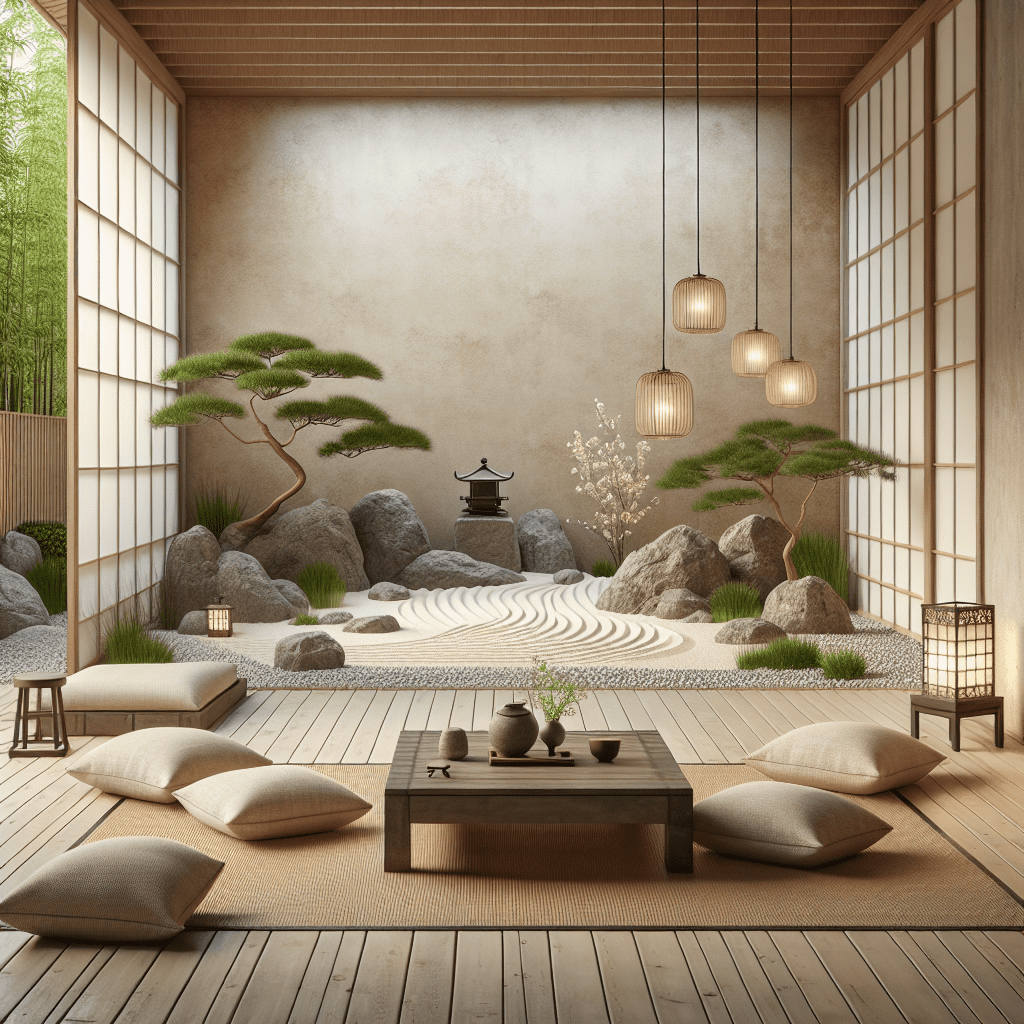

Zen-inspired Spaces: A Guide to Creating a Serene and Relaxing Environment
Introduction
In the hustle and bustle of everyday life, finding a sanctuary of tranquility within our homes is more important than ever. Zen-inspired spaces offer an opportunity to cultivate a serene and harmonious environment that supports well-being and relaxation. This design philosophy echoes the minimalist principles and natural elements, encapsulating the essence of calmness and simplicity. By incorporating Zen principles, one can create an abode that not only looks aesthetically pleasing but also exudes a sense of peace and order. Let us embark on a journey to transform your living space into a tranquil haven that nurtures your soul.
Key Elements of Zen-inspired Spaces
Creating a Zen-inspired space is about more than just aesthetics; it’s about evoking a sense of calm and balance in your home. Here are the essential components to consider when designing your tranquil retreat:
Element 1: Color Palette
Zen interiors often hinge on a color scheme that reflects the tones of nature. Soft, neutral colors such as beiges, whites, and greys are preferred as they set a placid backdrop for relaxation. Occasionally, muted greens or blues are used to introduce a cool, soothing vibe that simulates the natural world.
Element 2: Furniture Arrangement
The hallmark of Zen furniture is simplicity and functionality. Pieces are selected for their practicality and comfort, and they are often low-slung, promoting a closer connection to the earth. Arrangements are kept minimal, leaving space for energy to flow freely, and fostering a sense of openness and liberation from clutter.
Element 3: Lighting
Natural lighting is a primary focus in Zen interiors, aiming to create a soft and diffused atmosphere that changes with the time of day, reflecting the ever-changing nature of our surroundings. In the absence of ample natural light, soft, indirect lighting fixtures are used to maintain the gentle ambiance of a peaceful retreat.
Element 4: Natural Elements
Incorporating natural elements like plants, water features, and natural fibers aligns interiors with the outdoors. Zen spaces often feature live plants for their air-purifying qualities and their subtle reminder of growth and vitality. Water elements, such as small fountains, add a soothing auditory backdrop that simulates a tranquil stream or a gentle rainfall.
Element 5: Minimalistic Décor
A Zen-inspired space is defined by clean lines and an uncluttered look. Decorative items are chosen with intention, each serving a purpose or offering a connection to nature. The art of decluttering is not just physical but a metaphorical release of unnecessary burdens, creating room for clarity of thought and ease of movement.
Tips for Zen-inspired Spaces
Selecting furniture and accessories for a Zen space requires thoughtful consideration of size, style, and functionality. Follow these tips to ensure harmony in your home:
- Embrace Negative Space
- Celebrate the concept of negative space, or the ’empty’ areas around your objects. In Zen philosophy, this space is equally as important as the objects themselves, providing a visual pause and helping to create a balanced, uncluttered environment.
- Choose Multi-functional Furniture
- In selecting furniture, look for pieces that offer multiple uses or can be easily moved or stored. Items like ottomans with storage or nesting tables maximize functionality without compromising the minimalistic aesthetic.
- Prioritize Quality over Quantity
- Invest in fewer, high-quality pieces that will stand the test of time. Choose furniture crafted from natural materials and with a timeless design to ensure they harmonize with the Zen-inspired aesthetic.
FAQ about Zen-inspired Spaces
Question 1: How can I maintain a Zen-inspired space in a small apartment?
– Answer: Creating a Zen-inspired space in a small apartment is all about simplicity and organization. Opt for furniture that can double as storage, use mirrors to create an illusion of more space, and stick to a neutral color palette. Embrace vertical storage solutions and keep surfaces clear of clutter.
Question 2: Can Zen design be applied in rooms with vibrant colors?
– Answer: While Zen rooms typically feature neutral tones, you can introduce Zen principles even in vibrant spaces. Balance bright colors with elements of nature, clean lines, and decluttered surfaces to achieve tranquility.
Question 3: Is it expensive to create a Zen-inspired interior?
– Answer: Not necessarily. Zen interior design encourages minimalism and simplicity. You can create a peaceful environment by removing excess items, rearranging existing furniture for a more open feel, and introducing natural elements like plants which do not have to be costly.
Question 4: How do I select art for a Zen-inspired space?
– Answer: When selecting art for a Zen space, look for pieces that evoke calmness and have a connection with nature. The artwork should be simple and not overstimulate the senses. A single large piece may be more effective than several small ones.
Question 5: Can Zen design principles be incorporated into a busy family home?
– Answer: Absolutely. Zen principles can help create a sense of order and calm even in a busy family home. Use storage solutions to minimize clutter, establish specific areas for activities, and introduce natural, easy-to-care-for plants to help purify the air and add a touch of tranquility.
In the journey of crafting a Zen-inspired space, remember that the goal is to create an atmosphere that promotes peace, introspection, and a reconnection with the simple joys of life. These principles of design are timeless and can be adapted to any space, offering a reprieve from the outside world and a place where you can truly unwind. With carefully chosen elements, thoughtful arrangement, and a focus on the natural world, you can transform your living space into a sanctuary of calm.
